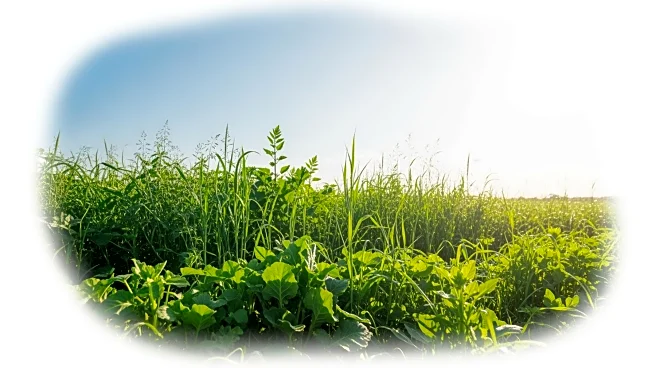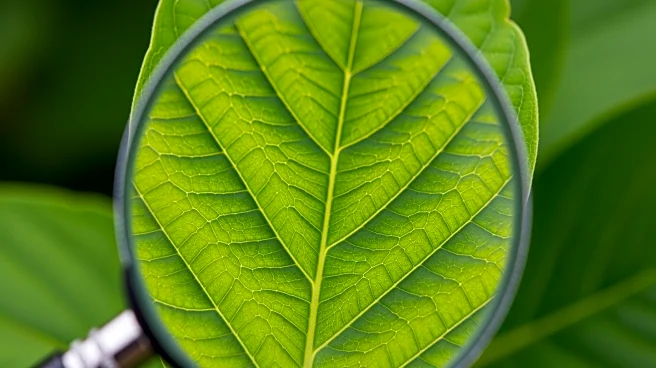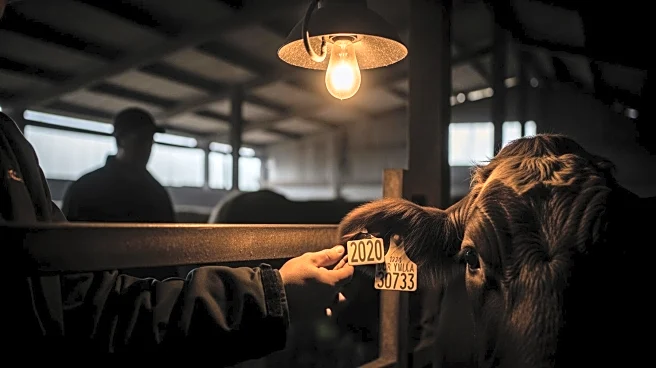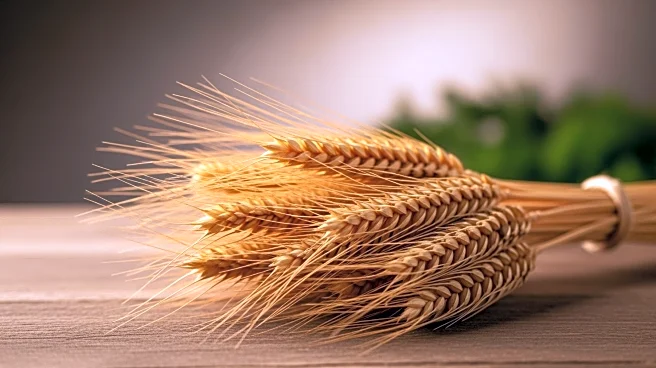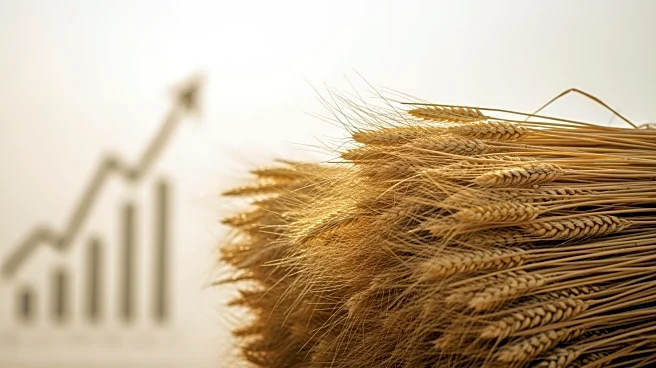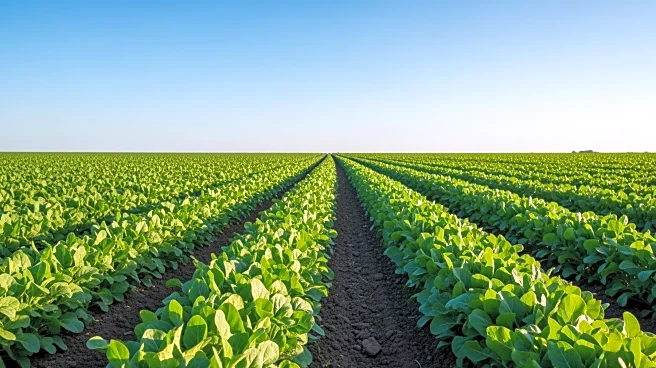What's Happening?
South Africa's agricultural sector is optimistic about the 2025-26 summer crop season due to favorable rainfall predictions. Early planting activities have commenced in key regions such as Gauteng, the Free
State, KwaZulu-Natal, and the Eastern Cape, primarily focusing on yellow maize and soybeans. The South African Weather Service forecasts a potential La Niña event, which could bring beneficial rains through February 2026, aligning with critical crop development stages. This timely rainfall is expected to support crop pollination and enhance yields. However, biosecurity challenges, particularly foot-and-mouth disease, remain a concern for the livestock industry.
Why It's Important?
The anticipated La Niña conditions are crucial for South Africa's agricultural productivity, particularly for summer grains and oilseeds, which are vital for the livestock industry. Adequate rainfall during the growing season can significantly boost crop yields, contributing to food security and economic stability in the region. The agricultural sector's performance is closely tied to weather patterns, and favorable conditions can lead to increased agricultural output and profitability. However, ongoing biosecurity issues highlight the need for continued vigilance and investment in disease management to protect livestock and ensure the sector's resilience.
What's Next?
As planting progresses, the focus will remain on monitoring weather patterns and managing biosecurity risks. The agricultural sector will need to address foot-and-mouth disease and other potential challenges exacerbated by wet conditions. Continued investment in vaccine development and disease prevention measures will be essential. The success of the 2025-26 season will depend on the timely arrival of rains and effective management of biosecurity threats. Stakeholders will closely watch planting activities and crop conditions to ensure a successful harvest.
